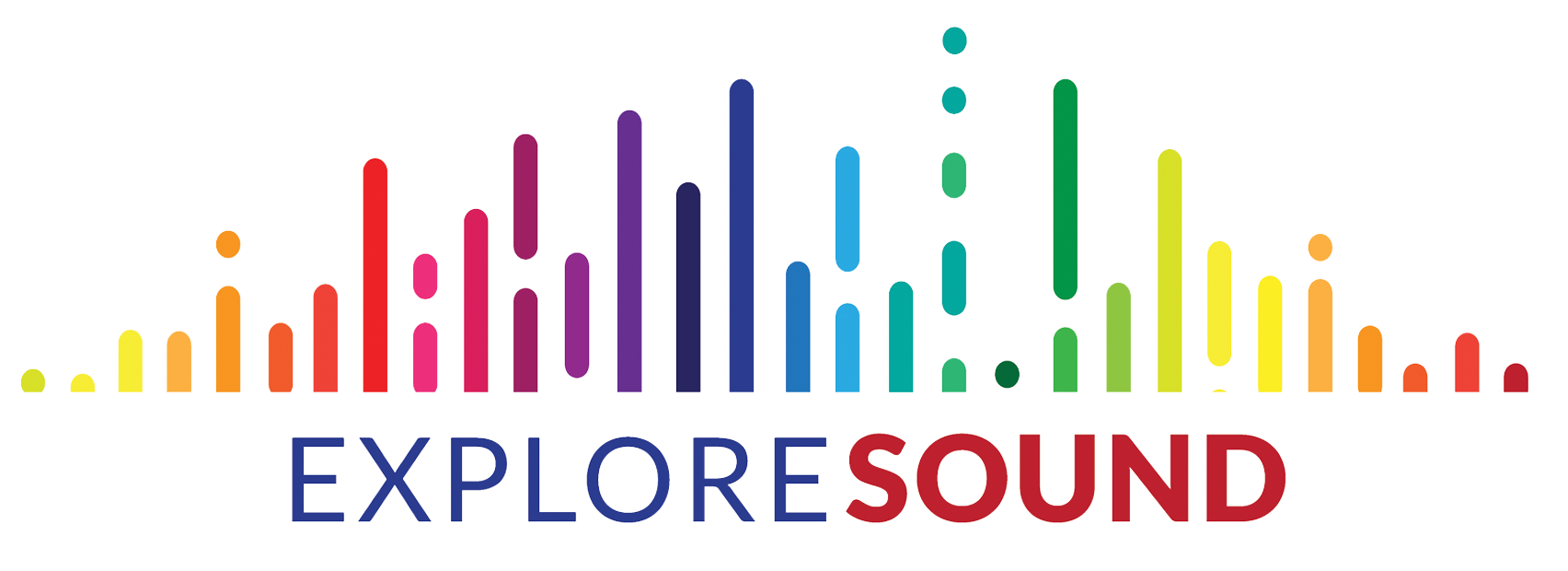Developed by W.K. Adams
In class discussion of how echolocation works. This activity brings together the hands-on activities done in indoor and outdoor echolocation units and helps students understand why and how echolocation works.
This activity should be done after “Sound Rather Than Sight” & “How Dolphins Hear Sound” activities. It will also help with understanding if students have already done the “Speed of Sound” activity.
Science Topics
Echoes
Echolocation
Speed of Sound
Process Skills
Observing
Predicting
Scientific Inquiry
Comparing
Classifying
Communicating
Grade Level
2-12
Preparation
None
Set-Up
5 minutes
Activity
25-40 minutes*
Clean-Up
5 minutes
*The amount of time spent on this lesson depends on whether you’ve already taught the Doppler Effect lesson, and on how long you spend discussing the various jobs in acoustics.
Learning Goals
Students will be able to:
- describe what an echo is and how it’s created at the sound wave level
- describe how our ears or a dolphin localizes sounds
- describe several different types of acousticians and give examples of what they do in their jobs
Materials not in Kit
Computers
Presentations/Projection equipment
Set-Up
Set-up the projector to present the PowerPoint or PDF slides. Open the videos and links to make sure they work.
Introduce the Activity
Explain that you will be going through a presentation that talks about echolocation and SONAR, and shows how dolphins use sound.
Doing the Activity
Doppler Effect
NOTE: If you have already completed the “Doppler Effect” lesson, skip this section and move on to the echolocation slide presentation.
Students will work through the following questions using the Sound simulator. When they are finished they should have drawn a total of three different sound waves.
- Look at the Sound simulator on the PhET.colorado.edu site. Investigate how the wave changes as you adjust various parameters.
- Pick at least 2 parameters and describe how each one changes the wave.
- Draw a picture of a sound wave.
- Draw a wave that is a low sound and one that is a high sound. Wha tis the difference between the two
- Have a class discussion about what the students have noticed.
Echo Introduction
It’s best if students have an opportunity to play with the website themselves if there is time now or in another class period. If they don’t, this should be an interactive demonstration.
- Have the students work in pairs or small groups to predict what will happen when a sound wave hits a barrier, then they can share their ideas with the rest of class.
- Demonstrate the simulator:
→ Choose interference by reflection, the choose Pulse.
→Send one pulse at a time - The students will discuss with each other what happened when the waves hit the barrier.
Echolocation Presentation
The notes for each slide are included in the PowerPoint and PDF presentations.
Key Lesson Terminology
Echoes – Reflections or repetitions of sound waves. Echoes can be produced and heard by clapping hands or shouting in a large empty room with hard walls or in a cave for example.
Echolocation – A method used to detect objects by producing a specific sound and listening for its echo.
Speed of Sound – The speed at which sound travels. This is very important for scientists who study sound. In air sound travels 343 meters in 1 second (767 miles per hour), but in water sound travels 1500 meters in 1 second (3350 miles per hour). Compare these speeds to cars traveling on the highway at 65 miles per hour.
SONAR – Sound Navigation And Ranging, is the process of listening to specific sounds to determine where objects are located.
Optional Extensions
Read 3 career profiles to the class and have them answer the following questions:
1. What’s in common regarding what they do as scientists?
2. What’s in common about the advice they give to students?
3. How do these scientists get to where they are today?
After the students have looked at the profiles, discuss them with the class
Complete other activities from the echolocation unit.
